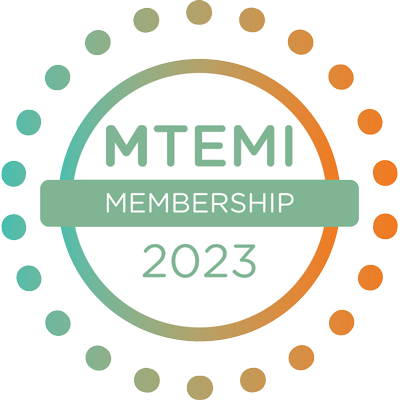Written by Chris Miller, Chairman of Convido
Facilitating skilled migration is an urgent priority for government. This will require changes to the government’s migration program and improvements in visa processing.
By April of 2020, 300,000 temporary residents had left Australia. Perhaps by now that figure has reached half a million, or nearly 2% of our 26 million population.
Deloitte Access Economics predicts that there will be 600,000 fewer people in Australia by mid-2022, due to the pandemic.
“Surely this is a good thing” some will argue “more jobs for Australians”. Well maybe, but if a cyber security expert is less well qualified than their foreign counterpart, that company, and the economy in general, are exposed to risk and competitive disadvantage. Of course, we have our own experts, but too few.
Certainly, the pandemic has complicated life for The Border Force, and they have limited resources, but we must have policy settings and a visa processing structure to meet the needs of our economy.
Many of those who have left us were skilled migrants, who had been helping companies to innovate, grow and employ more people. Providing the knowhow to dig tunnels, build wind farms and rebuild our communications infrastructure, plus many other jobs vital to our economy, our environment and our defence.
So, should we incentivise skilled migration? I argue that we should, and not only temporary residents, but also let’s make the prize of Australian citizenship more accessible. As many Global Mobility professionals can attest, the system seems to want to confound their efforts to import talent.
The government does have a “skill stream” in its migration program. “The Skill Stream is designed to improve the productive capacity of the economy and fill skill shortages in the labour market, including those in regional Australia.” However, the current system limits numbers and perversely makes hiring from overseas, complicated, time consuming and expensive. At a time when we need a more capable workforce, we are actively supressing the acquisition of vital skills. This needs to change.
Certainly, we must urgently educate and train Australians to fill these added value positions, but demand exceeds supply, and that disparity will accelerate as we emerge from this virus induced recession. Unemployment will stay high, but skilled vacancies will rise.
At the end of WW2, the population of Australia was just 7.5 million. Since then, thanks to a constant stream of talent and diversity, Australia experienced economic growth, avoided recession and enriched its culture.
Skilled migrants are young, intelligent and productive taxpayers. With fertility rates falling, Australia will age. A growing cohort of retirees will need to be supported by a shrinking workforce. Skilled migration has an essential role to play in population strategy.
Even before the pandemic, there was a backlog of infrastructure projects, with companies struggling to fill vacancies and poaching talent from each other. Now we are told that more projects are on the way, to help drive our economy out of recession. We do not have sufficient skilled people to make these projects happen. We will simply have to import capability. So why make it difficult?
When we import best practice, it seeps into our collective DNA. A German tunnelling engineer leaves behind a new skill set with his colleagues. The American C.I.O. transfers knowledge to the Australian subsidiary when she moves from Seattle. The Indian project manager demonstrates how to achieve on time, on budget, results.
Skilled migration enriches our community financially and culturally. Meanwhile, so much global talent wants to be here. Australia is one of the top three most highly desired locations for overseas assignments.
Moving people around the world is an expensive business. Only rarely would an organisation want to fill a position with a foreign assignee if a local recruit, with equal ability is available. Even if there were not the onerous “labour market testing” requirement, the economic disincentive is inherent in the relocation process.
Government should not be making the hurdles to greater productivity even harder to jump. As the global economy recovers, the competition for talent will intensify. Let’s give Australia every chance to win.
So, should we incentivise skilled migration? Perhaps that is too much to expect politically, but let’s at least lower the barriers.




